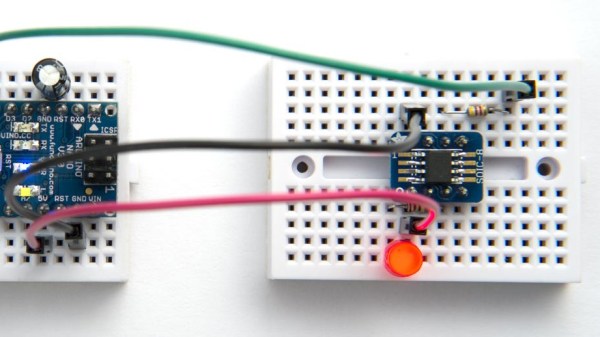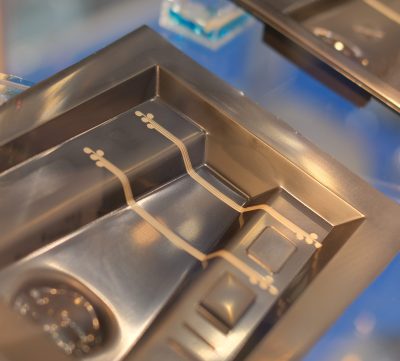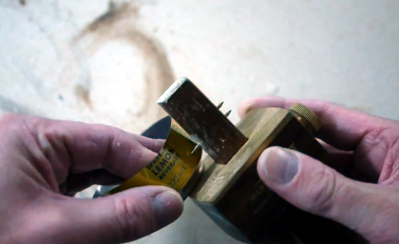Thomas Edison once said that genius was 1% inspiration and 99% perspiration. That doesn’t leave much room for partspiration.
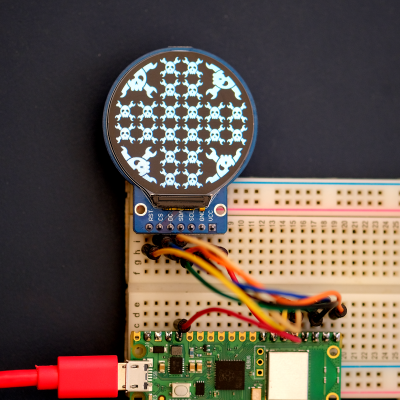 I’m working on a top-secret project, and had to place a parts order on AliExpress with a minimum order quantity of five in order to get decent shipping times. No big deal, financially, and it’s always great to have spares as backup for the ones you fry.
I’m working on a top-secret project, and had to place a parts order on AliExpress with a minimum order quantity of five in order to get decent shipping times. No big deal, financially, and it’s always great to have spares as backup for the ones you fry.
But as I started lighting up the little round smartwatch displays to put them through their paces, I started thinking of all sorts of ways that I could use something like this. I had no idea how easy to drive they were, or frankly, how good they looked in person. When you get a round display in your hands, you find that you need dial indicators everywhere.
And then my son came by and said “Oh neat. I want one!” and started thinking up all sorts of gizmos that I could put them in. Two of them would make awesome eyes, and he’s been on a chameleon kick – the animal, you know. So we’re looking for chameleon eye animations online.
And all of a sudden, I have more projects lined up than I have remaining screens. I’m calling this phenomenon “partspiration”. You know, when you figure out how to use something and then you see uses for it everywhere? Time to place another Ali order.
Gearing Up for the Hackaday Prize
And don’t forget, we just started the next round of the Hackaday Prize: Gearing Up. In this challenge round we want to see your best DIY tools, jigs, and workflow accelerators. Custom reflow plates, home-built power supplies, or even software tools – as long as it helps you get the job done, it has a place here. You’ve got until Aug. 8 to get your entry finished, but head on over to Hackaday.io and get started now.


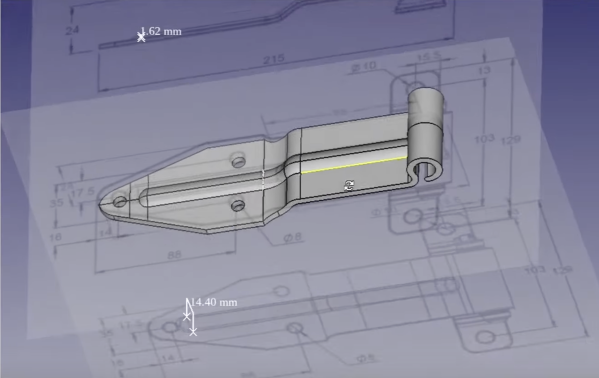

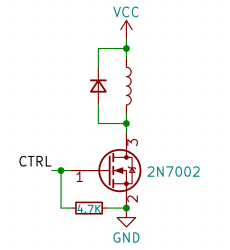 Perhaps, that’s the single most popular use for an NPN transistor – driving coils, like relays or solenoids. We are quite used to driving relays with BJTs, typically an NPN – but it doesn’t have to be a BJT, FETs often will do the job just as fine! Here’s an N-FET, used in the exact same configuration as a typical BJT is, except instead of a base current limiting resistor, we have a gate-source resistor – you can’t quite solder the BJT out and solder the FET in after you have designed the board, but it’s a pretty seamless replacement otherwise. The freewheel (back EMF protection) diode is still needed for when you switch the relay and the coil produces wacky voltages in protest, but hey, can’t have every single aspect be superior.
Perhaps, that’s the single most popular use for an NPN transistor – driving coils, like relays or solenoids. We are quite used to driving relays with BJTs, typically an NPN – but it doesn’t have to be a BJT, FETs often will do the job just as fine! Here’s an N-FET, used in the exact same configuration as a typical BJT is, except instead of a base current limiting resistor, we have a gate-source resistor – you can’t quite solder the BJT out and solder the FET in after you have designed the board, but it’s a pretty seamless replacement otherwise. The freewheel (back EMF protection) diode is still needed for when you switch the relay and the coil produces wacky voltages in protest, but hey, can’t have every single aspect be superior.
